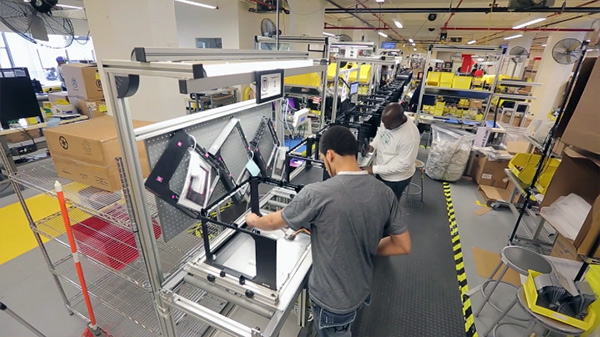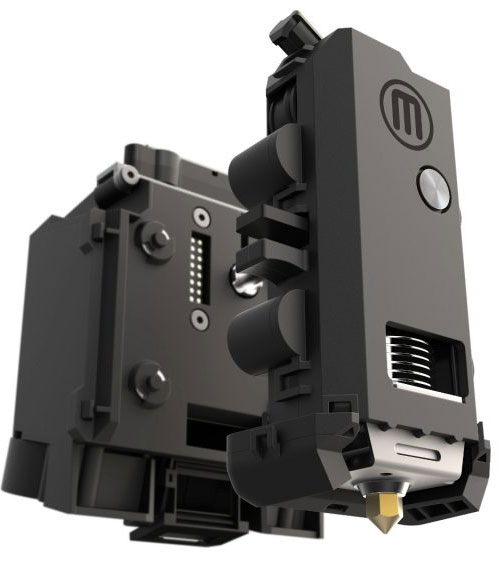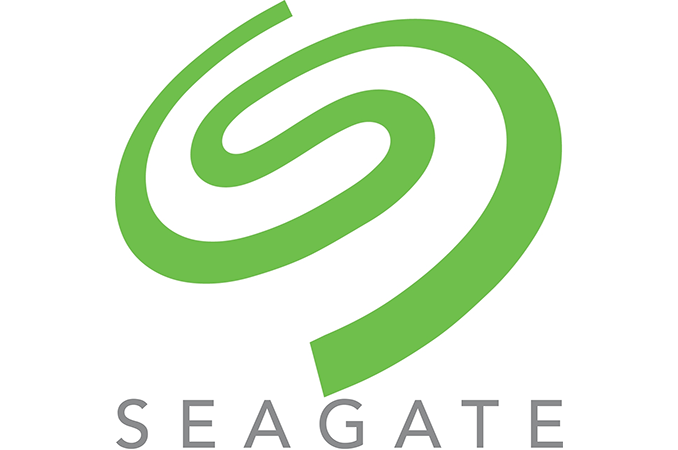
Sono passati 12 mesi dell’avvio della class action contro Makerbot, responsabile, a detta dei sostenitori dell’azione legale, di aver consapevolmente immesso sul mercato particolari difettosi nelle sue macchine per la stampa 3Da filamento fuso. Il particolare incriminato era lo ‘smart extruder’: stiamo parlando non di un pezzo secondario della macchina, ma di uno dei componenti principali, uno dei veri e proprio cavalli di battaglia per Makerbot, che nel marketing ha insistito molto sulla bontà di questa soluzione ad agganncio magnetico. Le prestazioni di quello integrato sulle Makerbot Replicator di quinta generazione però non avevano soddisfatto i clienti: l’ugello dell’estrusore, infatti, sarebbe incappato in frequenti ostruzioni e la soluzione consigliata dalla compagnia era semplicemente la sostituzione dell’estrusore stesso. La class action, inoltre, accusava il produttore di Brooklyn (che recentemente ha deciso di spostare però altrove la produzione delle sue stampanti 3D) di aver deliberatamente preannunciato ottimistiche previsioni di vendita per la Replicator 5 per gonfiare il prezzo delle azioni.

Lo Smart Extruder
Ora, a un anno di distanza, arriva il giudizio della corte del Minnesota, che scagiona Makerbot dalle accuse. Sebbene i giudici non fossero del tutto dalla parte della difesa, hanno ritenuto troppo poco fondate le prove di un comportamento deliberatamente fraudolento nei confronti di utenti e investitori. La corte, infatti, ha archiviato come semplici ‘sparate pubbblicitarie‘ le indicazioni sulle prestazioni dell’estrusore e delle macchine. Inoltre il caso è stato indebolito dal fatto che nessuno è riuscito a portare delle prove concrete di quale fosse l’effettivo problema che affliggeva le macchine.
Autore: Le news di Hardware Upgrade





